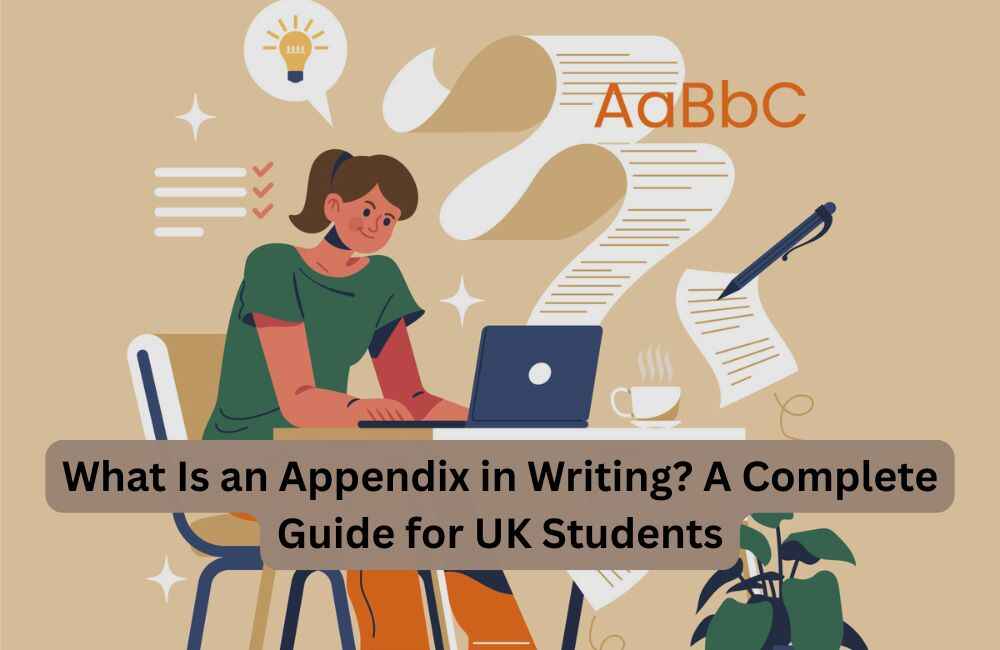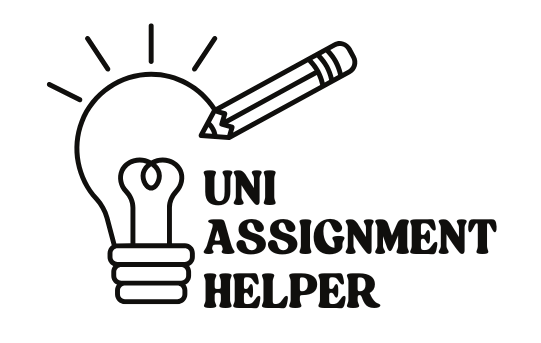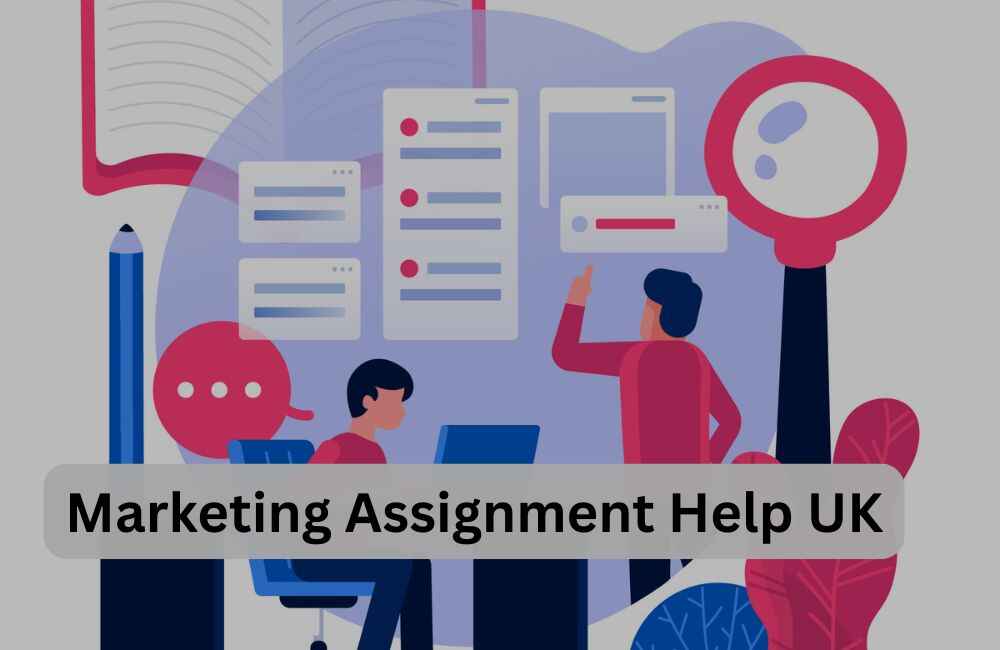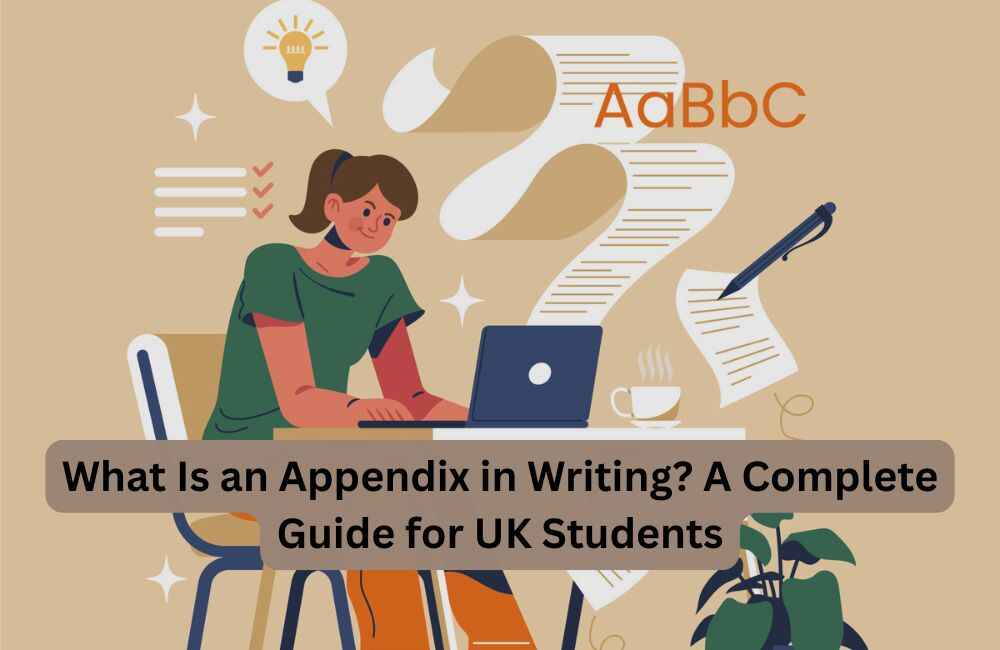What is an Appendix in Writing? UK Students’ Guide to Assignments

Assignments are the foundation of student life in the United Kingdom; however, for the majority of students, the unseen challenge is not in the writing process or research but in the technical details. One such usually underdeveloped but very essential function is the appendix. Although students might be skilled in polishing their essays, they usually struggle to incorporate supporting materials like charts, transcripts, or raw data.
A 2023 Higher Education Policy Institute (HEPI) survey revealed that 34% of UK undergraduates lost marks because of poor formatting and structure, including errors in appendices. Another National Student Survey (NSS 2023) reported that almost 28% of students received feedback about unclear referencing and appendices. These findings highlight how small errors can affect big grades.
Hence, understanding what is an appendix in writing is imperative. If done correctly, it improves the quality of your work and ensures that you meet the British universities’ strict formatting guidelines.
Appendix in Writing: What It Really Means
In its simplest definition, an appendix in writing is extra information placed at the end of your written assignment. It consists of supporting materials like survey results, interview responses, or charts that back up your arguments without diluting the simplicity of your essay.
- Definition – An appendix supplements your essay with additional material that is relevant but not central. It makes your research transparent and well-documented.
- Purpose – It shows markers that you’ve gone the extra mile in collecting and analysing data, adding academic credibility.
- Relatable Example – If your essay is the movie, the appendix is the “behind-the-scenes footage.” For example, a student at King’s College London researching TikTok usage could include full survey responses in the appendix in writing, while only summarising trends in the main essay.
While references cite other individuals’ work, appendices show your raw data. A large chart, transcript, or even calculations you don’t wish to break your essay flow for are a couple of appendix in writing examples.
When and Why Do You Need an Appendix?
A question frequently posed by students is: “Do I need an appendix for every assignment?” The answer is no; only where the essay might be benefitted by further supporting information.”.
Raw Data – If you’ve done primary research, like surveys or interviews, the entire answers go into the appendix in writing. This makes your conclusions appear valid and supported.
Large Visual Representations – Tables, graphs, or charts that are too huge to be inserted in the main text should be put in appendices. For example, University of Warwick’s economics students frequently use appendices to display statistical information.
Credibility Boost – Adding transcripts or raw research material adds credibility and authenticity, particularly in dissertations.
Not Always Required – If your essay is purely theoretical or literature-based, you may not need one.
According to the Office for Students (OfS) 2022 report, 40% of international students in the UK admitted confusion about whether to include appendices, proving that clarity is key.
What You Can Actually Include in an Appendix
Students normally ask, what is an appendix in an essay and what you put in it. The reality is that it should only contain information that makes your work stronger.
Survey Responses – If opinions were collected from respondents, detailed findings ought to be placed in the appendix, while the primary essay ought to summarize.
Interview transcripts – These are qualitative research evidence but need not overwhelm the body of the essay. For example, University of Glasgow psychology students usually have full transcripts in the appendices.
Tables and Charts – Display data in a visual manner in the appendix to avoid cluttering your essay.
Research Notes/Calculations – Advanced analysis that supports your findings goes here.
Supplementary Resources – Additional readings or reference materials that help context but aren’t central.
Things to be avoided are copying essay content or adding unnecessary images. The appendices meaning is clear: to add to, not to repeat.
How UK Universities Expect You to Format It
Most UK students lose marks due to formatting. While each university has a stylistic preference (Harvard, APA, MLA), the rules are all the same.
Label Clearly– Use Appendix A, B, C to avoid confusion, especially when you have more than one.
Cross-Reference in Text – Cross-reference your appendix within the essay wherever necessary (e.g., “See Appendix A”). Without cross-referencing, it is useless.
Logical Sequence – Place appendices in the same sequence as you cite them in your paper to enhance readability.
Placement – Typically, appendices are located after the list of references in your assignment.
A Times Higher Education report (2023) found that students lost up to 5% of marks due to small formatting mistakes like missing labels or incorrect placement of appendices. Losing marks on something so readily fixable? Aiding a style guide allows your appendix to add value instead of inducing confusion.
Typical Problems Students Face with Appendices
Even after understanding the fundamentals, students are usually struggling with managing appendices.
Relevance Issues – Most are not sure what belongs in the appendix and what remains in the essay.
Formatting Errors – Inadequate labels, not cross-referencing, or improper location of appendices is a consistent problem.
Rushed Work – Most students do appendices at the last minute, and therefore, they do poor work.
According to the NSS 2023, 28% of undergraduates received negative feedback on appendices and referencing. These are not knowledge issues but technical ones, fixable with careful planning or support from assignment experts and online assignment help.
Practical Tips to Get It Right the First Time
Here is how you can make your appendix strengthen your essay, rather than weaken it:
Keep It Relevant – Incorporate only information that directly supports your thesis. Refrain from including filler content.
Reference in Text – Always mention your appendix in the essay body, else it will be useless.
Follow Style Guides – Adhere to the formatting requirements of your university (Harvard, APA, or MLA).
Proofread Thoroughly – Ensure that there are clear labels, a coherent sequence, and accurate cross-references.
For instance, history students at University of Edinburgh usually provide detailed maps or timelines in their appendices. Although these are not the focus of the essay itself, they contain relevant contextual information. Referring to an earlier appendix example in your university library may also shed light on expected standards.
Where UniAssignmentHelper Comes In
When the deadline is near, students usually think, “I’ll do the appendix later.” But to do it at the last moment is where mistakes are made. This is where Un iAssignment Helper steps in.
Our assignment experts assist as per UK academic requirements. We don’t offer general writing essay services, we specialize in structuring, proofreading, and formatting appendices so you don’t miss easy marks.
With online assignment help, you can get access to the professionals who know how UK universities mark assignments. From an undergraduate essay to a postgraduate dissertation, our professionals will make sure your appendices are error-free, relevant, and properly formatted.
Final Thoughts: From Confusion to Confidence
So, what is an appendix in an essay? It’s nothing more than a way of including supporting material, facts, transcripts, or calculations, that reinforces your essay but doesn’t make it cluttered.
Key takeaways for UK students:
- Appendices supplement your essay, not replace it.
- Formatting and referencing matter just as much as the content.
- Keeping it clear, concise, and linked improves your grade.
And if you’re still wondering, “Help me with assignment formatting,” University Assignment Helper is here to help. Our assignment experts make sure your work meets UK academic standards and is submission-ready.
Don’t lose marks on simple formatting. Contact Uni Assignment Helper today for reliable, student-focused support.
Our Latest Post
Stay updated with our latest tips, guides, and insights – fresh from the blog!






